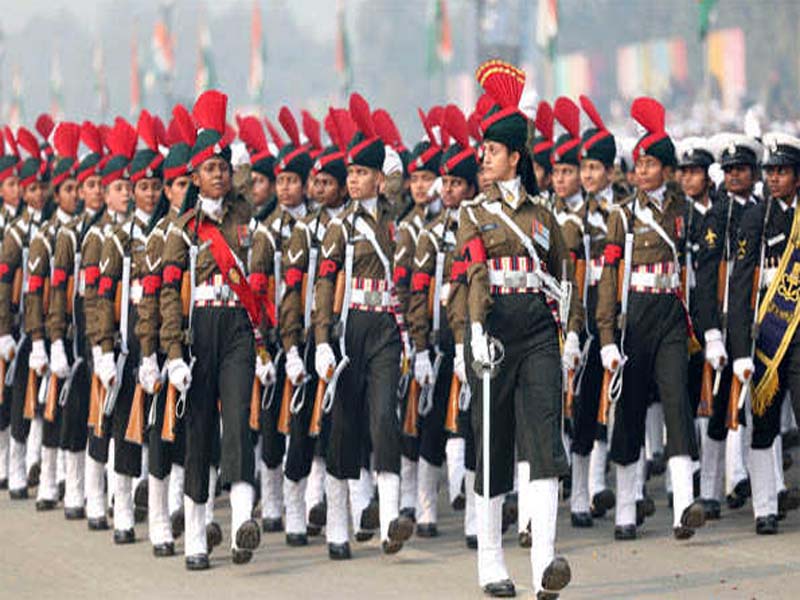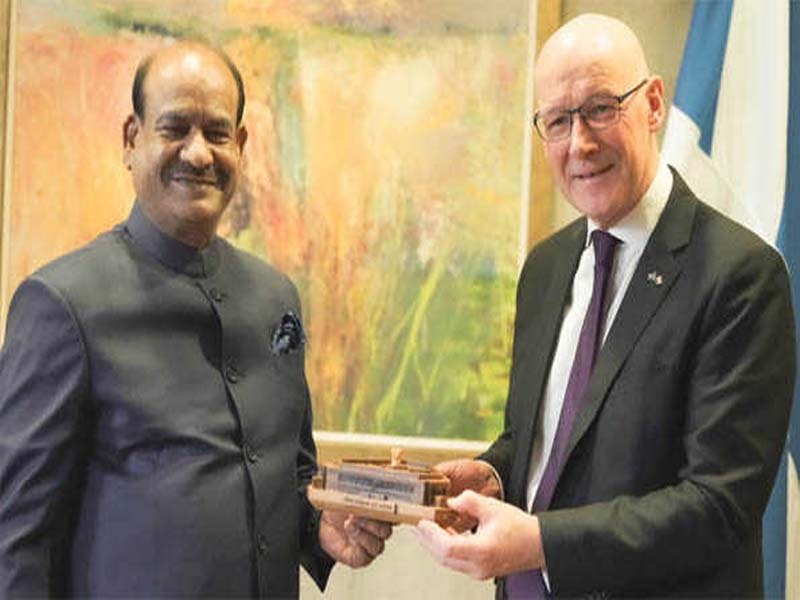NIO organises webinar on ‘Underwater cultural heritage’
Panaji, Jun 9 :On the occasion of World Ocean Day, the activities in the field of Marine Archaeology carried out by CSIR-National Institute of Oceanography (NIO) Goa were highlighted as one of the 80 success stories. In this regard a Webinar on ‘Underwater cultural heritage’ was organized by CSIR in its campaign as a run-up to CSIR’s 80 years’ celebrations Azadika Amrit Mahotsav where NIO explained the ongoing and future activities on underwater cultural heritage.
The study of maritime history of India commenced in the first decade of the 20th century that was largely based on literary data particularly, Vedas, Epics, Puranas and other contemporary Sanskrit, Pali and Prakrit literature. In the middle of the last century, the large-scale excavations of several Harappan sites in India and Bronze Age sites in the Gulf countries revealed the evidences on active maritime interaction between these two geographical entities. There are numerous literary references, sculptural and archaeological evidences indicating active maritime traditions during the historical period all along the Indian coast. However, a centre for marine archaeology was established in 1981 at the CSIR-National Institute of Oceanography, Goa, which started underwater explorations at potential sites along the Indian coast.
Professor Sunil Kumar Singh, Director, CSIR-NIO, in his opening remarks briefed about the origin of the ocean and its importance to mankind. He mentioned about the trade contacts with Mesopotamia, Egyptian and Indus during the mid-Holocene period, cultural expansion with south east Asian countries, Roman trade, followed by the Arabs. He said underwater heritage in India is a new avenue that can generate huge interest among the public which may be the future focal point of the underwater heritage tourism and sites like Dwarka, Mahabalipuram and a few shipwrecks in Andaman and Nicobar islands and Lakshadweep can served as potential sites for the purpose. He also said that NIO is going to have an important project in marine archaeology.
Sundaresh, Head, Marine Archaeology, highlighted about the importance of underwater cultural heritage and explained the methodology adopted while carrying out the underwater explorations work. He also mentioned that a degree in archaeology and knowledge of diving is required to be a marine archaeologist.
This was followed by the presentation by Dr AS Gaur, Principal Technical Officer, at CSIR-NIO who elaborated on the various research work carried out by CSIR-NIO as follows.
Marine archaeological researches during the last two and half decades have brought out a number of potential sites along the Indian coast which include ancient ports, jetties, and shipwrecks. The extensive explorations of the Saurashtra coast revealed several ancient ports and jetties. Interestingly, archaeological discoveries suggest that natural phenomena like tidal variations have been very effectively used in the Gulf of Kachchh and the Gulf of Khambhat in the past. Due to change of coastline a number of sites supposed to be on coast, are now lying far hinterland suggesting the topographical changes. Discovery of a large copper fishhook from the context of the Bronze Age (late Harappan) suggest that Bet Dwarka Island attracted early settler because of the availability of the marine resources such as fishes and variety of shells. The discovery of amphorae sherds and lead anchors from Bet Dwarka suggest that Bet Dwarka Island was the focal point of international trade and commerce during the early centuries of the Christian era. Dwarka, Somnath, Miyani, and Visawada were important port town during the historical and the medieval period. Ghogha in the Gulf of Khambhat was an important Indo-Arab trading point on the Saurashtra coast.
Coastal explorations of the Maharashtra coast yielded stone anchors at Dabhol, Vijaydurg and Sindhudurg, which indicate these are active port town during the medieval period. Interestingly, Dabhol has a temple dedicated to the anchor. Stone anchors continued to be found in Goa, Kerala, Lakshadweep and on Tamil Nadu coast in the context with the historical and the medieval periods.(UNI)



